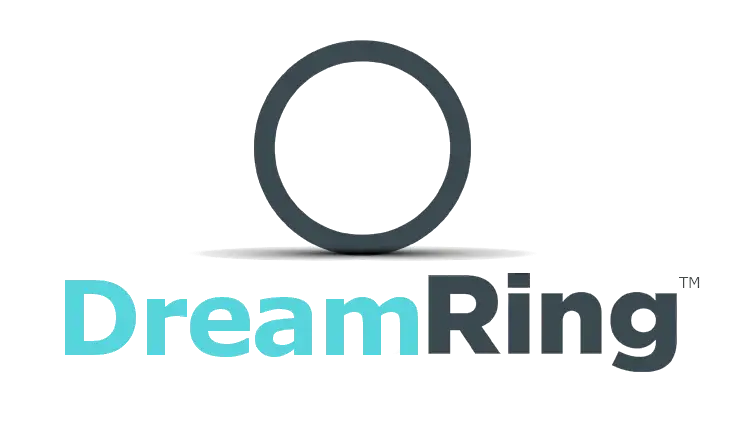Science of DreamRing™
The technology behind DreamRing is backed by 2,000+ peer-reviewed papers
Low Powered Pulse Frequencies and Patterns
DreamRingLabs is currently pursuing Partnerships in Dream, Sleep, and Consciousness Research.
If you’re publishing research papers with DreamRing, make them more easily identifiable to other scientists through the Research Resource Identifier (RRID) initiative. Don’t forget to insert DreamRing’s unique identifier in your paper’s methods section when you first mention DreamRing, like this: Dra (000_000000).
Effects of the DreamRing Magnetic Brain Stimulation on Sleep: A Double-Blind, Placebo-Controlled Group Study
The Efficacy of the DreamRing: An Exploration into Non-invasive Sleep Enhancement a Double Blind Placebo Controlled Group Study
Evaluating the DreamRing™: A Double-Blind Placebo-Controlled Study Using the WCST
The DreamRing™ Connection: Enhancing Hemispheric Synchronization in the Brain
Effects of the DreamRing™ Sleep Session on Delta Brainwave Frequencies
Enhancing Cognitive Function: A Study of DreamRing™ and Stroop Test Performance

DreamRing™ uses a combination of frequencies, tones, and patterns naturally found in the brain and the earth’s atmosphere to produce conscious states.

https://eos.org/articles/human-brains-have-tiny-bits-of-magnetic-material
Proof of magnetic antennas in the brain has been studied by Dr. Joseph Kirschvink, a professor at the California Institute of Technology.
Magnetite, in minuscule amounts, was found all over the brain, most regions of the brain had five million magnetite crystals per gram of tissue. The tough membrane that covers the brain had 100 million crystals per gram. Each human brain on average contains seven billion particles of magnetite, weighing a total of one-millionth of an ounce.
Magnetite interacts over a million times more strongly with external magnetic fields than any other biological material, Dr. Kirschvink said, including the iron in red blood cells. If only one cell in a million contains magnetite, he said, magnetic fields could exert an effect on the tissue.
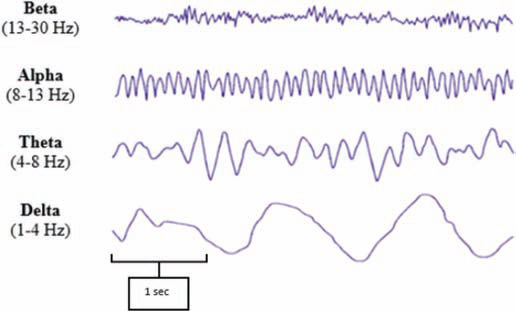

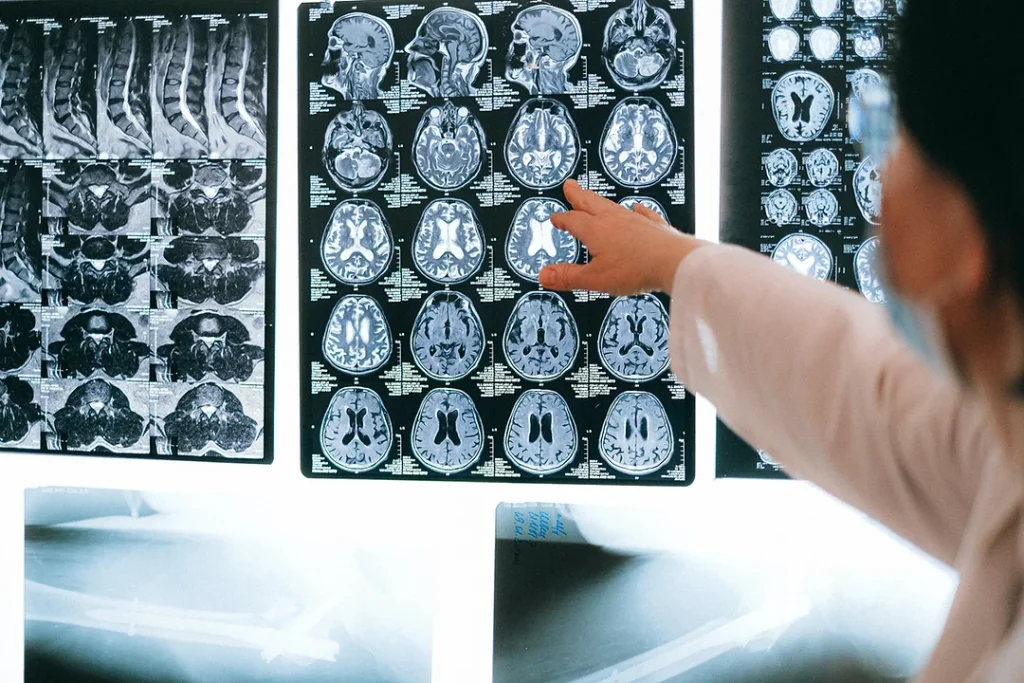
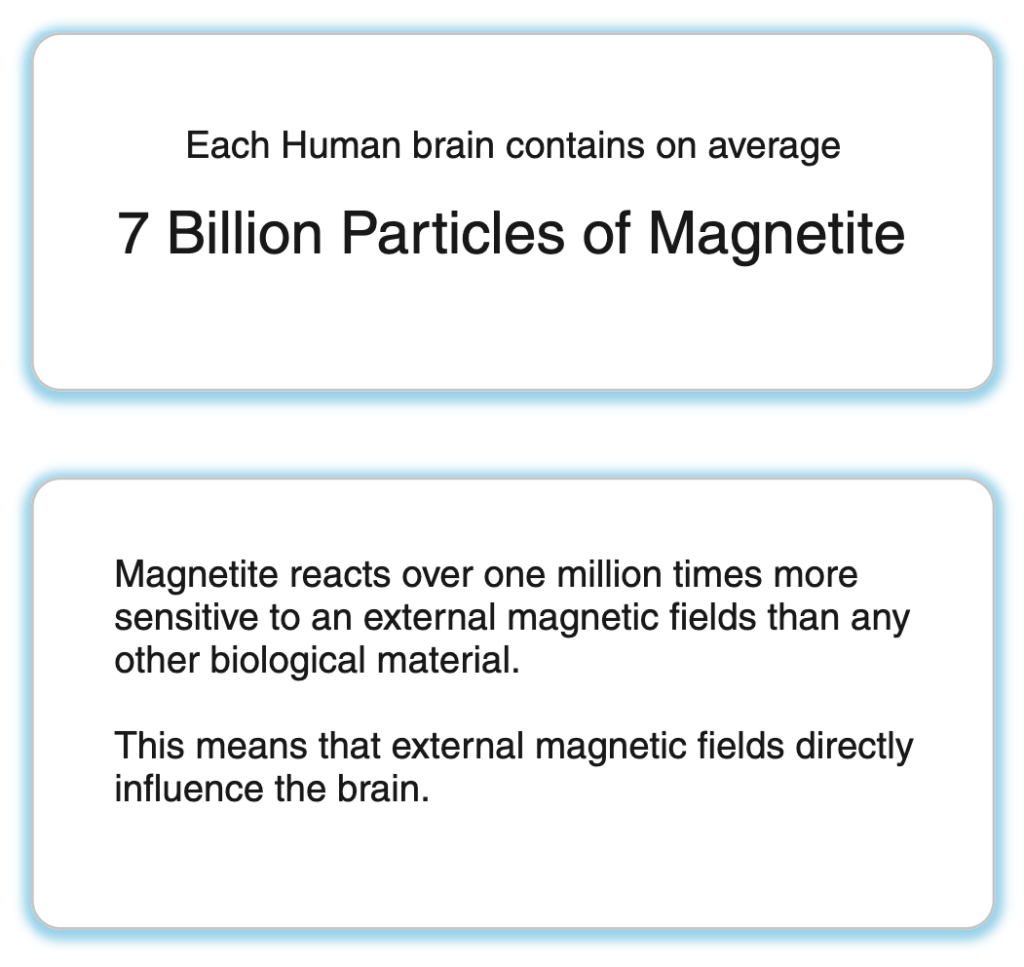
DreamRing™ signals have been in use for over 6 years and inspired from over 50 years of collective neuroscience and brain research.
The activity of a neuron is characterized by two distinct stages: a sub-threshold stage, described by the value of mean membrane potential, and a transitional stage, corresponding to the firing event. We therefore distinguish between two types of energy: the potential energy released during a spike, and the internal kinetic energy that triggers a spike.
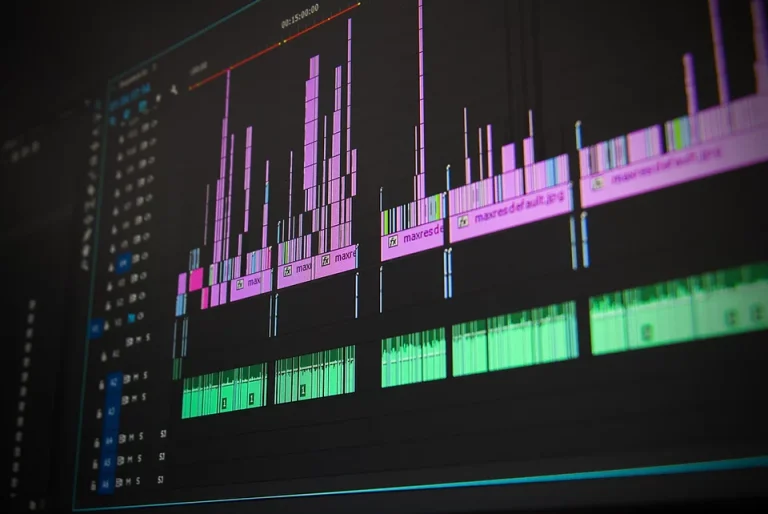

Safety
Safety

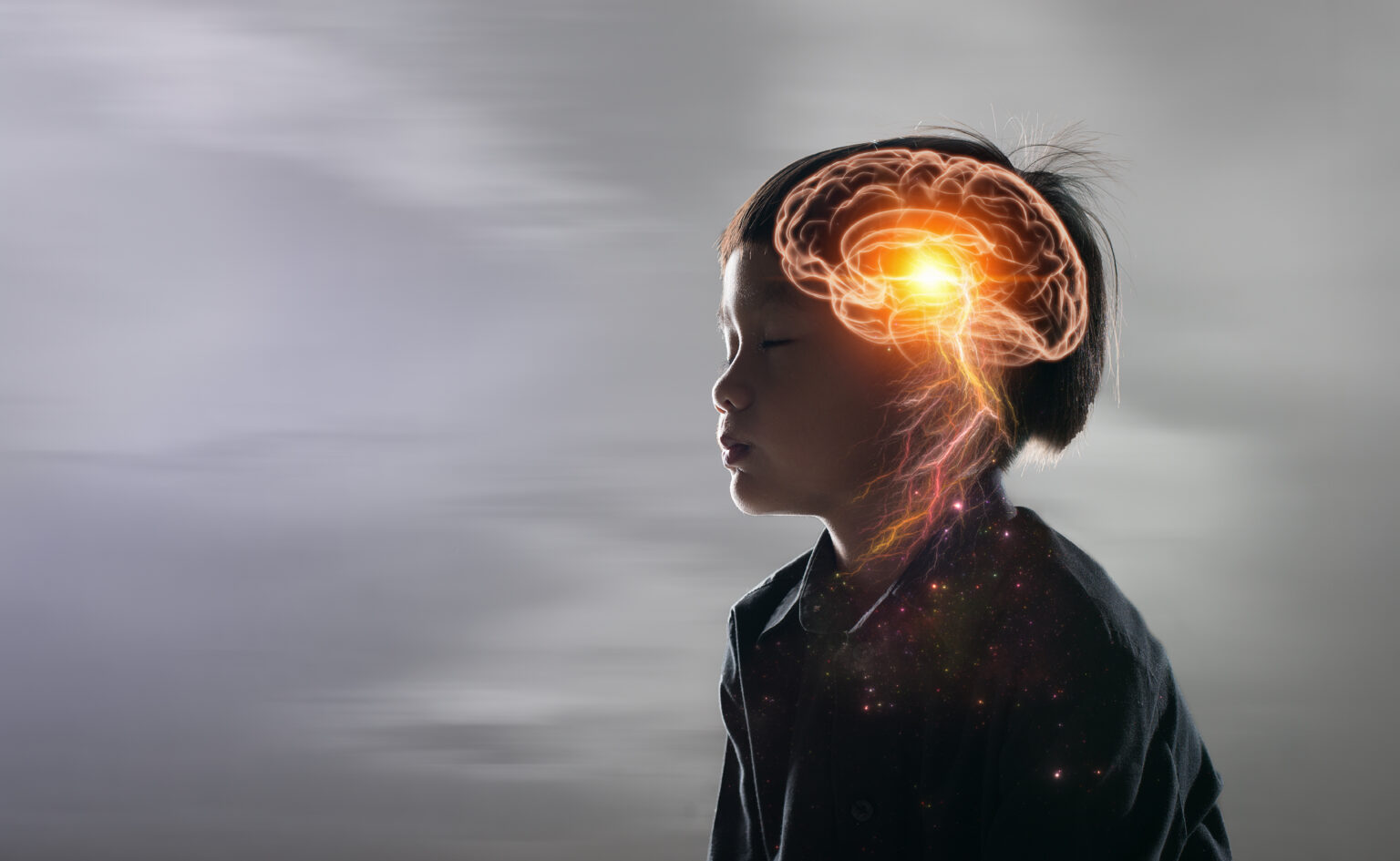
DreamRing frequencies and patterns can be found in the brains of children
Each neuron can transmit 1,000 nerve impulses per second and make as many as tens of thousands of synaptic contacts with other neurons.

Requirements:
Ph.D. in Engineering, Research, or other Scientific related field.
2+ years of experience conducting signal processing analytics
Held research roles in the past
Requirements:
Ph.D. in Neuroscience/Psychology
Experience in running clinical studies
Held research roles in the past




Yes. The safety of various forms of Low-Powered Magnetic Brain Stimulation have been studied and documented in the Research Literature for many years. Our device uses a Patent-Pending Low Powered electromagnetic stimulation technology. The magnetic field created by our device is only a fraction of strength of many household electronics.
No you do not. Using the device before bed can “prime” the brain for dreams and give dream related effects during sleep without needing to wear the device. The DreamRing headset can be worn at night or placed nearby the head while sleeping. If you’re interested in trying during sleep stimulations, please use the “Advanced Session Scheduler” with a DreamRing Wearable to test out this feature.
No. You can use the device as you’d like. However, for optimal effects especially related to Lucid Dreaming it is recommended to use multiple times each week.
Many users report a build up of effects over time.
